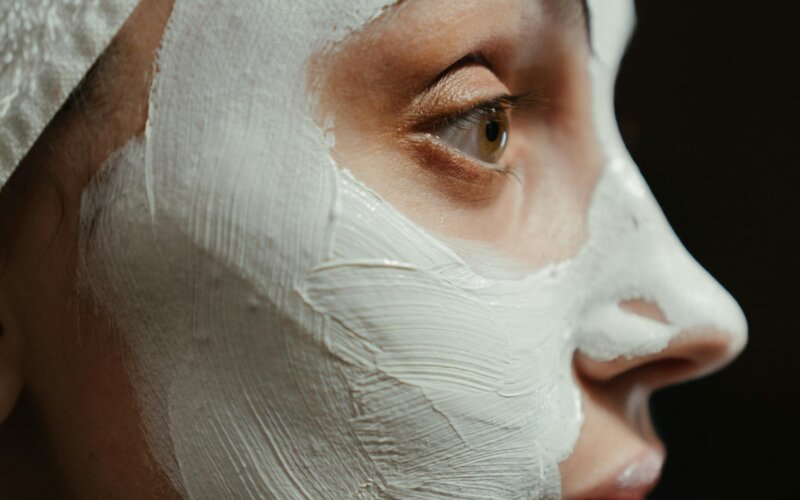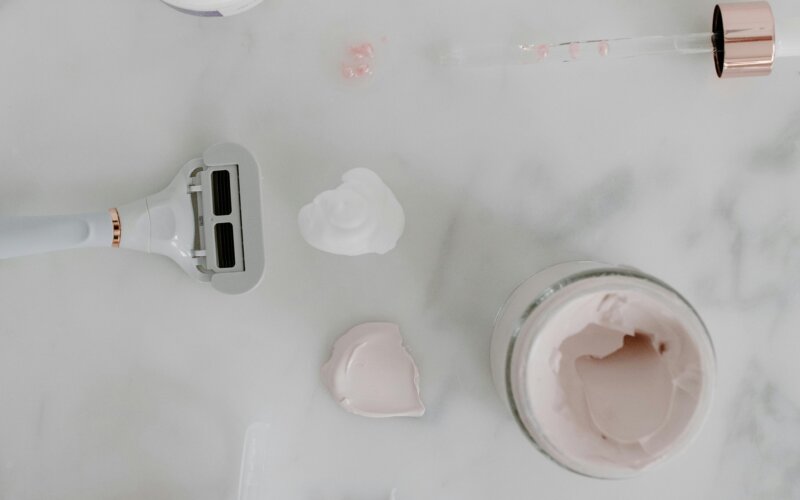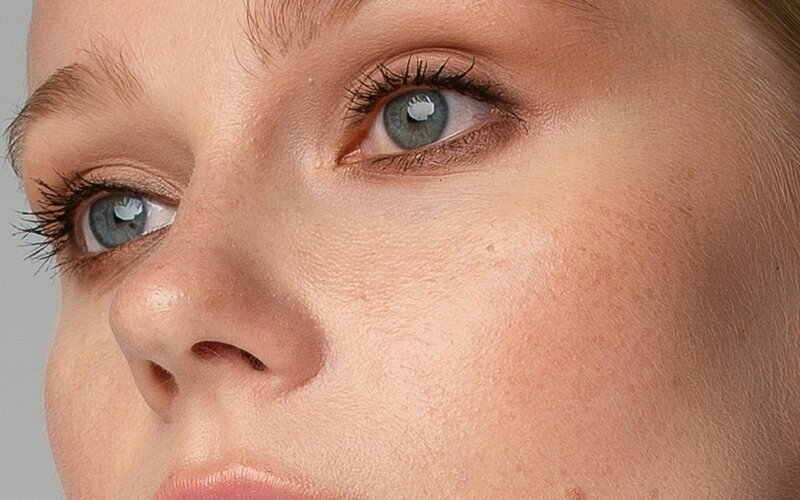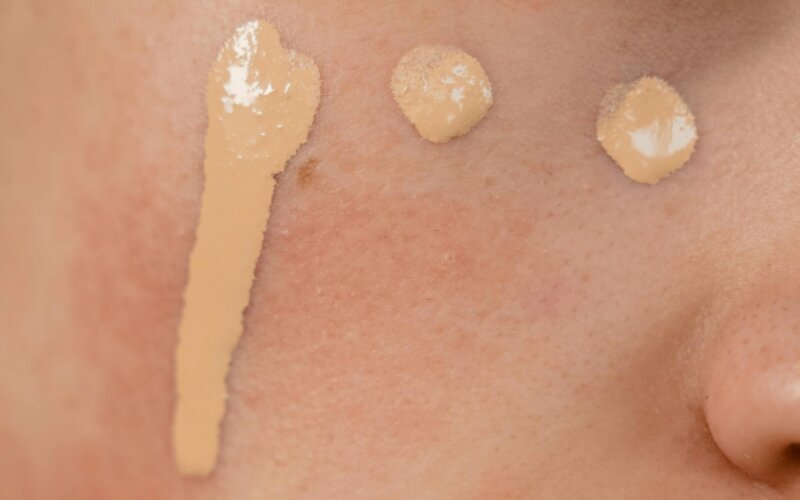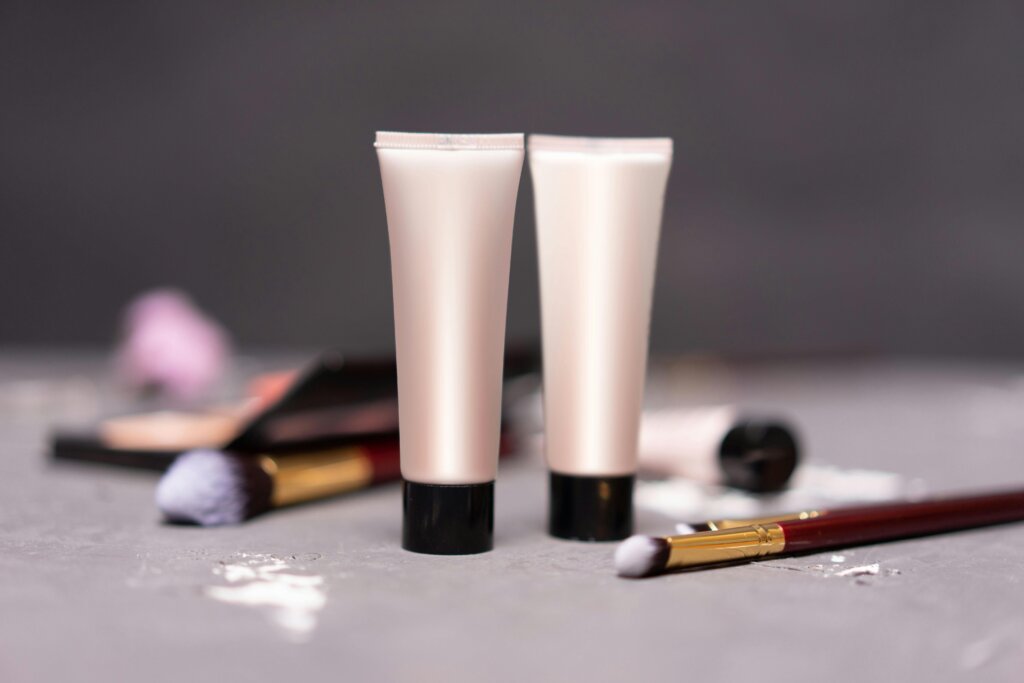
Between Skincare and Makeup: Where Primers Truly Live?
Let me start with a confession: I think I have a love and hate relationship with makeup primers. There, I said it. And if you’ve ever stood in front of your mirror debating whether to slather on that velvety, silicone-based potion before your foundation or skip it and pray for the best, you probably feel the same. If there’s one product in my makeup routine that evokes equal parts admiration and confusion, it’s the primer. A small, often clear or peach-tinted bottle that sits silently between skincare and foundation but somehow carries the emotional weight of both. Some days, I reach for it with intention. Other days, I skip it entirely and don’t miss it. The truth? My relationship with primers has always been… Complicated.
What Is a Primer?
If foundation is your favorite dress, primer is the shapewear underneath. It’s the invisible layer that promises smoother skin, longer-lasting makeup, and a finish that whispers “editorial elegance” rather than “midday meltdown.” Primers are typically applied after skincare and before foundation. To grip your makeup like a backstage pass to your skin, blur pores, control oil, hydrate dry patches, and sometimes, even color-correct. That’s a tall order for a product you often can’t even see.
So, Are Primers Actually Necessary?
Here’s the million-dollar question, and where my love-hate dichotomy really highlights. Do primers really make a difference? Sometimes! And yes, I realize how unsatisfying that sounds. On days when my skin is behaving, and I’ve nailed my skincare routine, I often skip primer altogether. A good moisturizer and a solid foundation can do wonders on their own. There are moments when a primer lives up to its promise. The foundation glides on more smoothly, my pores look softer, and everything stays in place well into the evening. It feels like I’ve cracked some hidden code to a flawless face. Those are the days when I understand the hype, when the primer feels less like a product and more like a quiet little luxury. Especially in extreme weather, or during a long event, a primer can be that extra layer of security.
What complicates things is that primers aren’t one-size-fits-all. The wrong one can sabotage your whole look, think foundation slipping, pilling, or even worse, breakouts. Some makeup artists swear by them. Others skip them entirely and go straight from skincare to foundation. This lack of consensus means that consumers don’t always know when to use them, how much to apply, or whether they actually need one at all. And it doesn’t help that results can vary wildly depending on your skin type, the weather, your foundation formula, or even how much moisturizer you used beforehand.
The Ingredient Disconnect:
Their base formulas often clash with other products, and no one tells you that up front. Silicone-based primers (like those with dimethicone or cyclopentasiloxane) create that signature silky-smooth, pore-blurring effect, but they don’t always play well with water-based foundations or dewy skincare. The result is Pilling, patchiness, and sheer rage.
Water-based primers, meanwhile, tend to hydrate beautifully but might not offer that same grip or smoothing illusion. And if you pair them with a silicone-heavy foundation? Same problem. Unless you’re reading ingredient lists like a scientist, it’s easy to get it wrong, and primers rarely come with a clear instruction manual.
The Overwhelming Number of Choices Doesn’t Help:
Primers now come in dozens of varieties: hydrating, mattifying, illuminating, color-correcting, pore-blurring, anti-redness, anti-aging, SPF-infused, pollution-protecting, etc, and the list is endless. It’s easy to get decision fatigue. Do you need a primer for oily skin or textured skin? Should you be color-correcting your redness or chasing that glazed-doughnut glow? Worse still, many people layer different primers for different parts of the face, turning what used to be a single step into a multi-phase beauty bootcamp. All of this adds to the identity crisis.
When They Fail, They Fail Hard:
A bad primer day can ruin your entire face. When primers go wrong, they don’t just quietly underperform. They take your whole look down with them. Ever experienced your foundation balling up? Or sliding off around your nose by 10 a.m.? That heartbreak often comes down to a primer that just didn’t gel with your routine literally or figuratively. It’s that unpredictability that makes people wary, even when they’ve had a few successes. Trust issues are real, and primers are at the center of them.
In the End:
I’ve had days where a primer made my skin look red carpet–ready and nights when it felt like a betrayal in a tube. But I still keep coming back, because when it’s good, it’s really good. So, yes, I have a love-hate relationship with makeup primers. But maybe that’s the point. Beauty isn’t always about absolutes; it’s about experimenting, learning, and sometimes, forgiving your pores for misbehaving. Primers give us a reason to pause, breathe, and prep our canvas before the art begins. That, in itself, feels beautiful. Primers can be amazing, but only if they work for you. Pick one that matches your skin’s needs, apply it with care, and don’t fall for the hype without patch-testing first.
Also Read:
High End Makeup Primer for long-lasting makeup! 10 Best Primers!
Makeup without primer will melt off in summer! Try these Primers!
